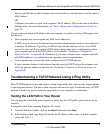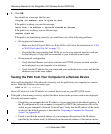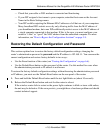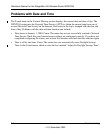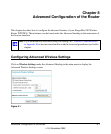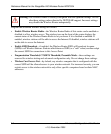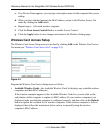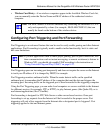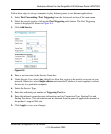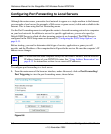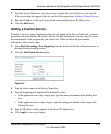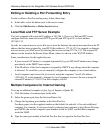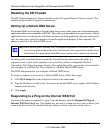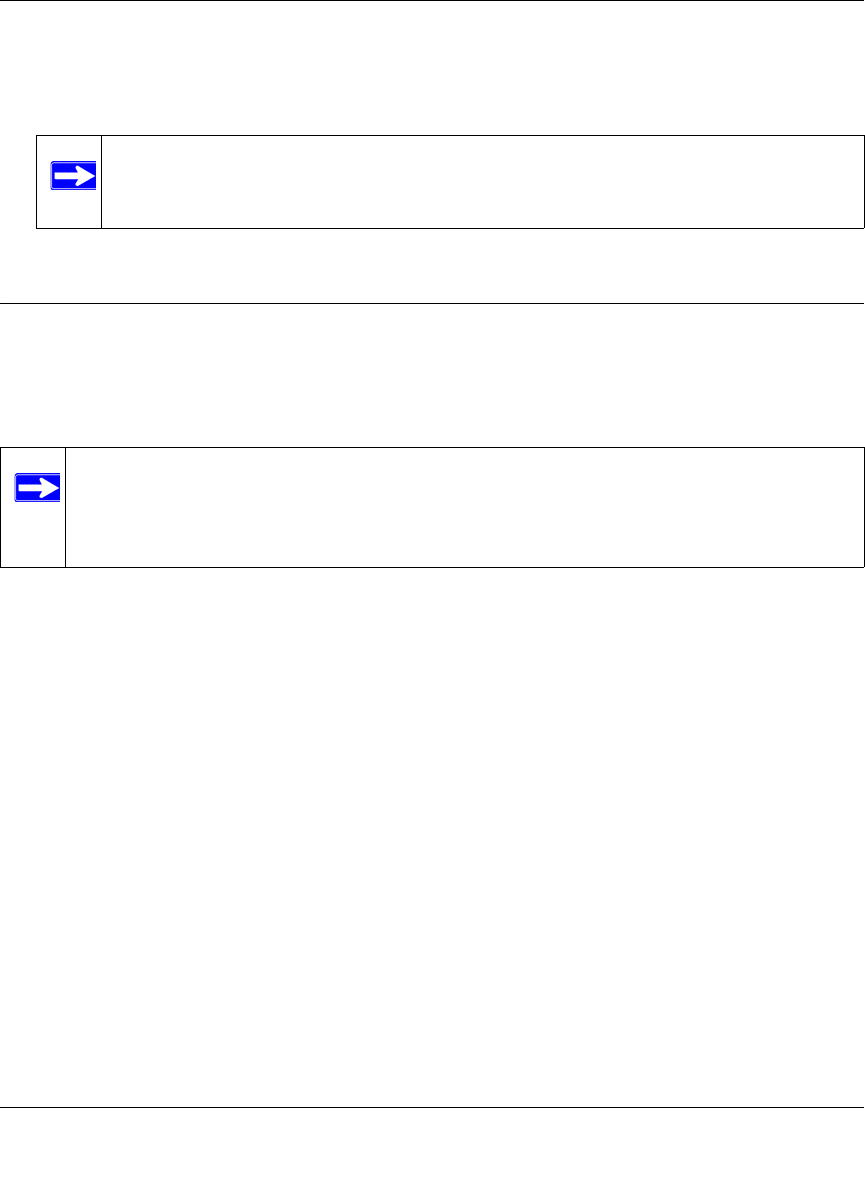
Reference Manual for the RangeMax 240 Wireless Router WPNT834
Advanced Configuration of the Router 8-5
v1.0, November 2005
• Wireless Card Entry—if no wireless computers appear in the Available Wireless Cards list,
you can manually enter the Device Name and MAC address of the authorized wireless
computer.
Configuring Port Triggering and Port Forwarding
Port Triggering is an advanced feature that can be used to easily enable gaming and other Internet
applications. Port Forwarding is typically used to enable similar functionality, but it is static and
has some limitations.
Port Triggering opens an incoming port temporarily and does not require the server on the Internet
to track your IP address if it is changed by DHCP, for example.
Port Triggering monitors outbound traffic. When the router detects traffic on the specified
outbound port, it remembers the IP address of the computer that sent the data and triggers the
incoming port. Incoming traffic on the triggered port is then forwarded to the triggering computer.
Using the Port Triggering page, you can make local computers or servers available to the Internet
for different services (for example, FTP or HTTP), to play Internet games (like Quake III), or to
use Internet applications (like CUseeMe).
Port forwarding is designed for FTP, Web Server or other server-based services. Once port
forwarding is set up, requests from the Internet will be forwarded to the proper server. Port
triggering will only allow requests from the Internet after a designated port is 'triggered'. Port
triggering applies to chat and Internet games.
Note: The MAC address is a twelve character key containing the characters 0-9, A-F
only and separated by colons (for example., 00:09:AB:CD:EF:01) that can
usually be found on the bottom of the wireless device.
Note: If you use applications such as multi-player gaming, peer-to-peer connections, real
time communications such as instant messaging, or remote assistance (a feature in
Windows XP), you should also enable UPnP according to the instructions at
“Using Universal Plug and Play (UPnP)” on page 8-22.



